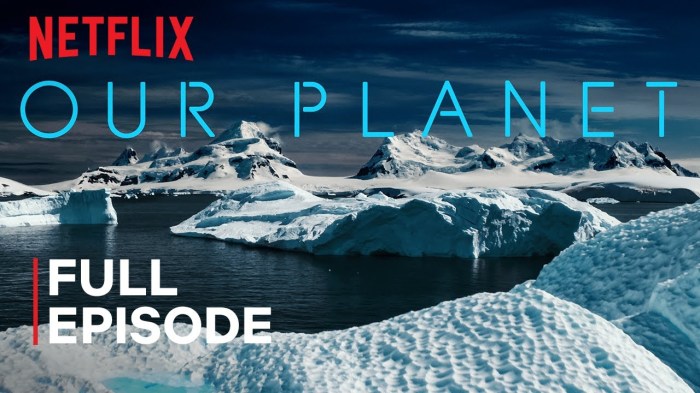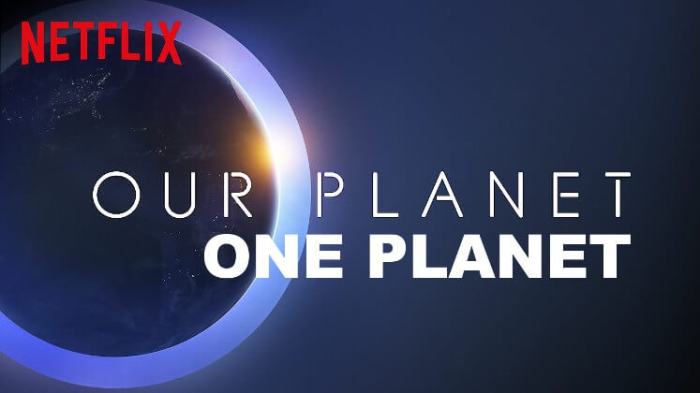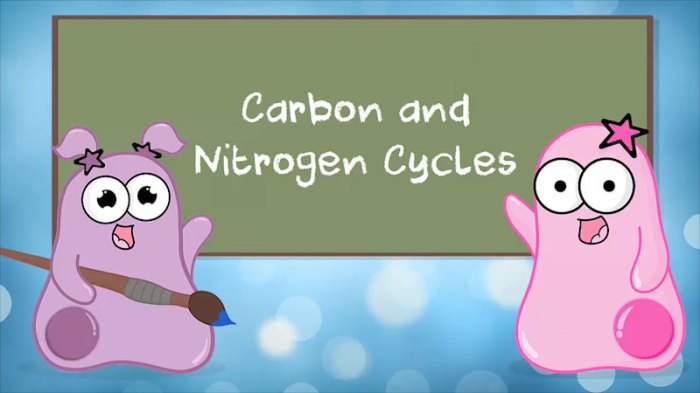Welcome to the realm of frozen wonder, where our planet episode 2 frozen worlds worksheet answers unveil the extraordinary adaptations and ecological significance of Earth’s icy regions. Embark on a journey into the heart of these frigid landscapes, where life has evolved remarkable strategies to thrive amidst extreme cold.
Our exploration begins with the physical and behavioral adaptations that enable organisms to survive the harsh conditions of frozen environments. From the insulating fur of Arctic foxes to the antifreeze proteins in Antarctic fish, we delve into the ingenious mechanisms that ensure survival in these unforgiving realms.
Frozen World’s Adaptations
Frozen environments present extreme challenges for organisms, characterized by sub-zero temperatures, limited resources, and harsh physical conditions. To survive in these conditions, organisms have evolved a remarkable range of physical and behavioral adaptations.
Physical Adaptations
- Thick insulation:Animals such as polar bears and arctic foxes possess thick layers of fur or blubber that provide insulation against the cold.
- Reduced surface area:Many organisms have evolved smaller body sizes and shorter limbs to minimize heat loss through the surface of the body.
- Specialized proteins:Some organisms produce antifreeze proteins that prevent ice crystals from forming in their tissues.
Behavioral Adaptations
- Hibernation and dormancy:Animals like ground squirrels and insects enter a state of reduced metabolic activity during the coldest months, conserving energy and minimizing exposure to extreme cold.
- Group living:Some animals, such as penguins and emperor penguins, huddle together for warmth and protection from the elements.
- Migration:Birds and other animals migrate to warmer regions during the winter months to avoid the harshest conditions.
Impacts of Climate Change on Frozen Worlds
Climate change is having significant impacts on frozen environments, including rising temperatures, melting ice, and changes in precipitation patterns.
Observed and Predicted Effects
- Melting of ice:Rising temperatures are causing glaciers, sea ice, and permafrost to melt at an accelerated rate.
- Changes in biodiversity:The loss of sea ice and other frozen habitats is threatening the survival of species that rely on these environments, such as polar bears and penguins.
- Disruption of ecosystem functioning:Changes in temperature and ice cover can disrupt the delicate balance of frozen ecosystems, affecting food webs and nutrient cycling.
Potential Consequences
- Sea level rise:The melting of ice sheets and glaciers contributes to global sea level rise, which poses a threat to coastal communities and ecosystems.
- Altered weather patterns:Changes in frozen environments can disrupt atmospheric circulation patterns, leading to extreme weather events in other parts of the world.
- Release of greenhouse gases:Permafrost contains vast amounts of organic matter that can be released as carbon dioxide and methane when it thaws, further contributing to climate change.
Importance of Frozen Worlds for Climate Regulation: Our Planet Episode 2 Frozen Worlds Worksheet Answers

Frozen environments play a crucial role in regulating global climate through various feedback mechanisms.
Role of Ice
- Albedo effect:Ice and snow reflect sunlight back into space, helping to cool the planet.
- Thermohaline circulation:Changes in sea ice cover can affect ocean currents, which play a role in distributing heat around the globe.
Feedback Mechanisms
- Ice-albedo feedback:As ice melts, more dark ocean water is exposed, which absorbs more sunlight and further accelerates ice melt.
- Permafrost-carbon feedback:Thawing permafrost releases greenhouse gases, which contribute to climate change and further permafrost thaw.
Conservation and Management of Frozen Worlds

Conserving and managing frozen environments is essential for protecting their unique biodiversity and ecosystem services, as well as mitigating the impacts of climate change.
Challenges
- Remote and inaccessible:Many frozen environments are located in remote areas, making conservation and management efforts challenging.
- Climate change:Climate change poses a significant threat to frozen environments and the species that depend on them.
Opportunities
- International agreements:The Antarctic Treaty System and other international agreements provide a framework for protecting frozen environments.
- Scientific research:Ongoing research is essential for understanding the impacts of climate change on frozen environments and developing effective conservation strategies.
Education and Outreach

Educating the public about the importance of frozen worlds is crucial for raising awareness and promoting conservation efforts.
Significance, Our planet episode 2 frozen worlds worksheet answers
- Understanding climate change:Frozen environments provide a clear illustration of the impacts of climate change, making them valuable teaching tools.
- Protecting biodiversity:Educating the public about the unique biodiversity of frozen environments helps foster support for conservation initiatives.
Outreach Programs
- Educational materials:Developing and distributing educational materials, such as documentaries and online resources, can reach a wide audience.
- Community engagement:Engaging local communities in conservation efforts can help raise awareness and build support for protecting frozen environments.
Top FAQs
What are the key physical adaptations of organisms in frozen environments?
Physical adaptations include thick fur or blubber for insulation, small body size to reduce heat loss, and specialized antifreeze proteins to prevent ice crystal formation.
How does climate change impact frozen worlds?
Climate change leads to rising temperatures, melting ice caps, and changes in precipitation patterns, affecting biodiversity, ecosystem functioning, and human activities in frozen regions.
